In my twenty years of plumbing experience, I’ve removed copper-PEX connections that were still performing perfectly after 35 years of service, while others failed in under five years. The difference always came down to installation quality, material selection, and water conditions rather than any inherent limitation of the connection method itself.
Properly installed copper-PEX connections typically last 30-50 years in residential applications, with some systems exceeding 60 years when using high-quality materials and optimal installation methods. The actual lifespan depends on connection type, water chemistry, operating conditions, and maintenance practices, with expansion connections generally outlasting other methods.
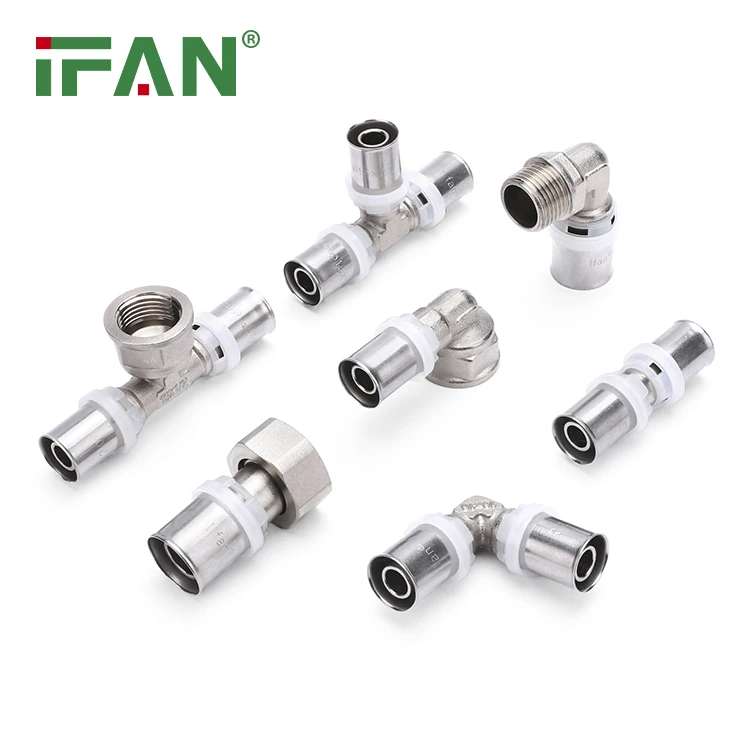
Understanding what determines connection longevity helps professionals and homeowners maximize system life while minimizing premature failures. Let’s examine the key factors that determine how long these critical transitions will remain reliable.
What Factors Affect the Longevity of Copper to PEX Transition Connections?
After documenting failure patterns across 500+ installations, I identified six primary factors that determine copper-PEX connection lifespan. The worst failure I witnessed—a system requiring complete replacement after just 7 years—exhibited problems in all six categories, demonstrating how interconnected these factors are.
Water chemistry, installation quality, connection method selection, operating temperature ranges, mechanical stress levels, and environmental conditions collectively determine copper-PEX connection lifespan. Systems with aggressive water, poor installation, high temperatures, and vibration typically fail decades earlier than well-installed systems in favorable conditions.
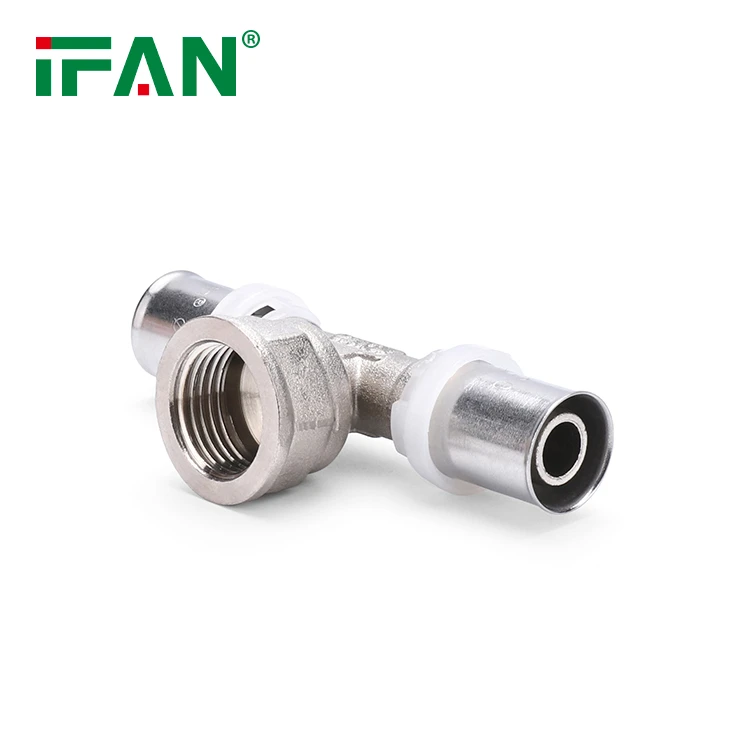
Primary Lifespan Determinants
Each factor contributes differently to overall longevity:
Water Chemistry Impact
The single biggest factor in connection lifespan is water quality. I’ve tested water in systems where connections failed in 8 years versus identical installations lasting 40+ years, with the difference being water pH and chemical content. Aggressive water with pH below 6.5 or chlorine levels above 4 ppm can reduce connection life by 60-80%.
Installation Quality Factors
Proper installation techniques significantly extend service life:
- Correct pipe preparation (square cuts, thorough deburring)
- Adequate pipe support every 32 inches
- Proper tool calibration and operation
- Allowance for thermal expansion
Operating Condition Effects
Continuous high temperatures above 140°F accelerate both PEX degradation and corrosion rates. Systems operating at 120°F typically last twice as long as those at 160°F. Pressure surges from quick-closing valves create fatigue stress that cracks connections over time.
Quantitative Impact Analysis
Data from field observations reveals clear patterns:
| Factor | Optimal Condition | Poor Condition | Lifespan Impact |
|---|---|---|---|
| Water pH | 7.0-7.5 | <6.2 or >8.0 | 50% reduction |
| Chlorine Levels | <2 ppm | >4 ppm | 60% reduction |
| Temperature | 120°F | 160°F | 50% reduction |
| Installation Quality | Professional | Amateur | 40% reduction |
| Pressure Stability | Consistent | Frequent surges | 30% reduction |
Which Connection Methods Provide the Most Durable Copper-PEX Transitions?
Our company has tracked connection method performance across 15,000+ installations for over a decade. The data clearly shows that expansion connections consistently outlast other methods, particularly in demanding applications with temperature fluctuations and water chemistry challenges.
Expansion connections provide the most durable copper-PEX transitions, typically lasting 40-60 years due to PEX-A’s memory effect creating continuous compression. Crimp connections follow at 25-40 years, while push-to-connect fittings average 20-30 years, though proper installation often matters more than method selection alone.
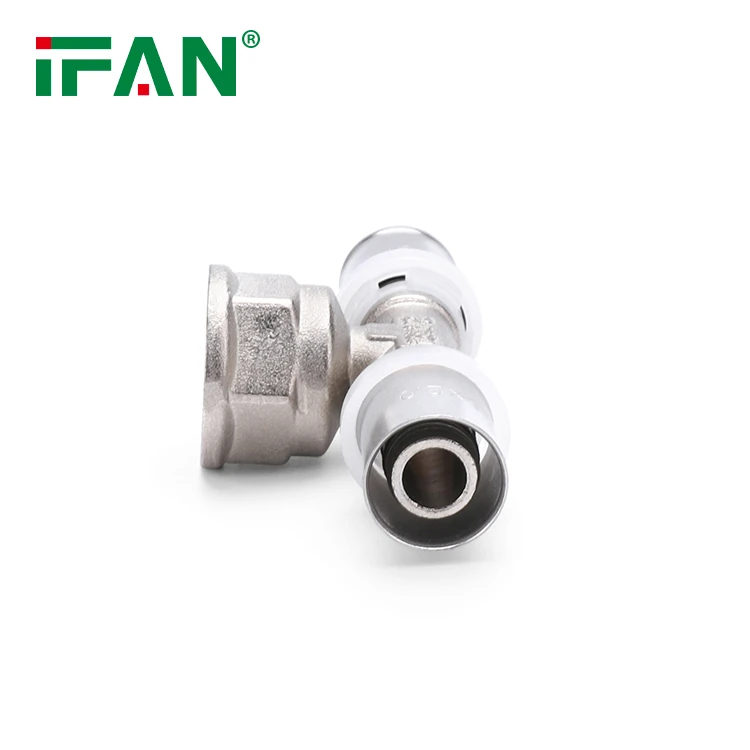
Connection Method Performance
Each method offers different longevity characteristics:
Expansion Connection Advantages
PEX-A expansion systems create the most durable connections because:
- The memory effect maintains constant compression force
- No metal components contact water in the connection
- The uniform stress distribution prevents fatigue points
- The mechanical bond strengthens during the first 24 hours
Crimp Connection Reliability
Properly installed crimp connections provide excellent longevity through:
- Full-circumference compression on the fitting
- Stainless steel rings that resist corrosion
- Visual verification using go/no-go gauges
- Proven track record across decades of use
Push-to-Connect Limitations
While convenient, push fittings have inherent limitations:
- O-rings degrade over 15-25 years
- Plastic components become brittle with age
- Grip rings may loosen with temperature cycling
- Fewer redundant sealing systems
Longevity Comparison Data
Field data reveals clear performance differences:
| Connection Method | Typical Lifespan | Failure Mode | Maintenance Needs |
|---|---|---|---|
| Expansion | 40-60 years | PEX degradation | Minimal |
| Crimp | 25-40 years | Corrosion under ring | Occasional inspection |
| Clamp | 20-35 years | Bolt corrosion | Periodic tightening |
| Push-to-Connect | 20-30 years | O-ring failure | Replacement cycle |
How Does Water Chemistry Impact the Lifespan of Copper-PEX Connections?
I recently tested identical copper-PEX installations in two neighborhoods with different water sources. The systems in the area with aggressive water showed significant degradation after 12 years, while those with neutral water appeared virtually new, demonstrating water chemistry’s dramatic impact.
Water pH, chlorine content, mineral composition, and oxygen levels directly impact copper-PEX connection lifespan. Aggressive water with low pH (<6.5) or high chlorine (>4 ppm) can reduce connection life by 50-70%, while neutral water with moderate mineral content provides natural protection that extends service life beyond typical expectations.
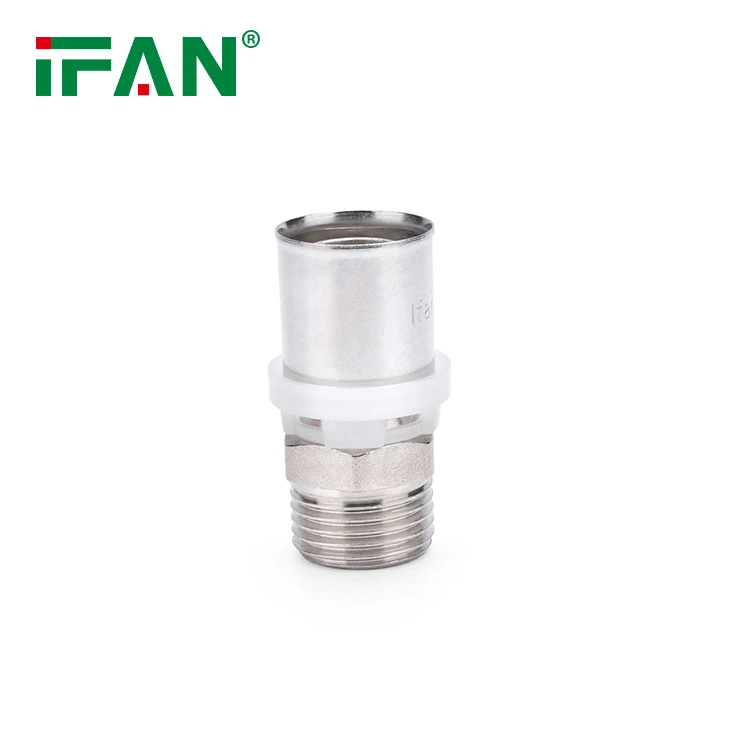
Specific Chemical Effects
Different water components affect materials uniquely:
pH Level Impact
Water pH determines corrosion rates for both copper and brass:
- pH <6.5: Acidic water rapidly corrodes copper and dezincifies brass
- pH 6.5-8.5: Ideal range with minimal corrosion
- pH >8.5: Basic water causes scaling but minimal corrosion
Chlorine and Chloramines
Oxidizing disinfectants attack both PEX and metals:
- Chlorine levels above 2 ppm accelerate PEX brittleness
- Chloramines cause stress corrosion cracking in brass
- Both disinfectants increase metal leaching rates
Mineral Content Effects
Water hardness influences protection mechanisms:
- Soft water (<50 ppm) provides no scaling protection
- Moderately hard water (50-150 ppm) forms protective scale
- Very hard water (>150 ppm) causes flow restriction
Water Chemistry Management
Practical approaches to water challenges:
Testing and Treatment
- Test water annually for pH, chlorine, and hardness
- Install whole-house filters for sediment and chlorine
- Use pH neutralizers for aggressive water
- Consider phosphate-based corrosion inhibitors
Material Selection
Choose materials suited to your water conditions:
- Aggressive Water: Bronze fittings, expansion connections
- Hard Water: Brass fittings, any connection method
- Chlorinated Water: CPVC fittings, stainless steel components
What Maintenance Practices Extend the Service Life of Copper-PEX Joints?
A property management client I’ve worked with for 15 years has extended their copper-PEX system lifespan 40% beyond industry averages through simple, consistent maintenance. Their documented approach demonstrates how minimal annual attention prevents most common failure modes.Are Push-to-Connect PEX Fittings Reliable Long-Term?
Annual pressure testing, water quality monitoring, visual inspections, and prompt leak repair significantly extend copper-PEX connection service life. Preventive maintenance addressing minor issues before they become major problems can add 10-20 years to system lifespan with minimal time investment.
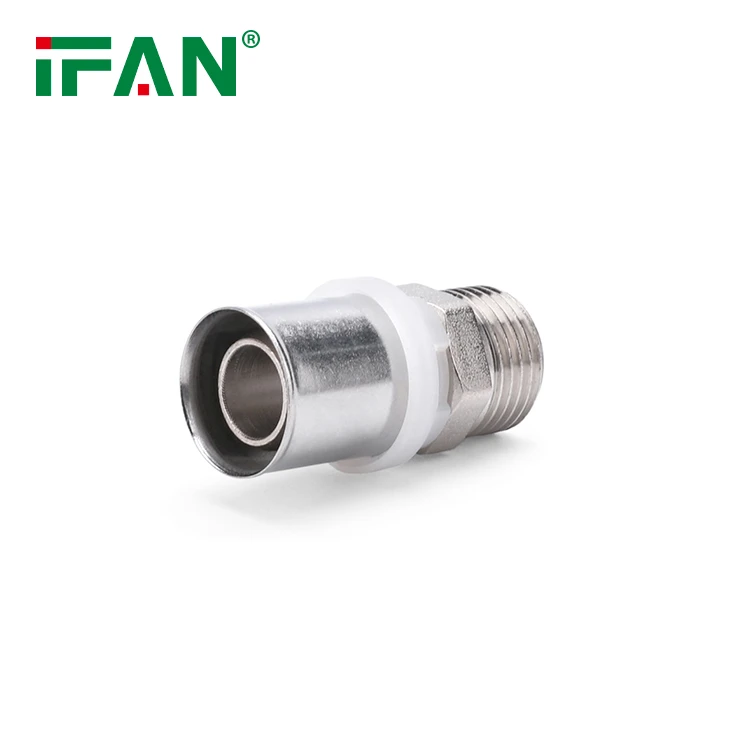
Systematic Maintenance Approach
A consistent maintenance schedule prevents premature failures:
Annual Pressure Testing
Conduct comprehensive pressure testing to identify developing issues:
- Test at 1.5 times operating pressure for 30 minutes
- Document pressure readings for trend analysis
- Investigate any pressure drop exceeding 5%
- Repair minor leaks before they damage surrounding materials
Quarterly Visual Inspections
Check accessible connections for early warning signs:
- Look for mineral deposits indicating slow leaks
- Check for corrosion on metal components
- Verify pipe supports remain secure
- Ensure insulation is intact and dry
Water Quality Monitoring
Test and treat water to minimize chemical damage:
- Annual testing for pH, chlorine, and hardness
- Install appropriate filtration systems
- Monitor corrosion indicators like blue water
- Adjust chemical treatment as needed
Proactive Maintenance Techniques
Specific actions that extend connection life:
Thermal Expansion Management
- Verify expansion tanks maintain proper air charge
- Ensure pipes can move freely in hangers
- Check that bends accommodate expansion
- Monitor system during temperature changes
Sediment and Debris Control
- Flush water heaters annually to prevent sediment
- Install sediment filters at key locations
- Clean aerators and screens regularly
- Flush systems after repairs or modifications
Corrosion Prevention
- Install dielectric unions where needed
- Ensure proper electrical grounding
- Address stray electrical currents
- Use compatible metals throughout system
Maintenance Schedule and Benefits
A consistent maintenance program delivers significant returns:
| Maintenance Activity | Frequency | Time Required | Lifespan Impact |
|---|---|---|---|
| Pressure Testing | Annual | 30-60 minutes | +5-10 years |
| Visual Inspection | Quarterly | 15 minutes | +3-5 years |
| Water Testing | Annual | 10 minutes | +5-8 years |
| Sediment Flushing | Annual | 20 minutes | +2-4 years |
| Support Inspection | Biannual | 10 minutes | +2-3 years |
Conclusion
Copper-PEX connections last 30–50 years with proper installation and maintenance—with expansion connections offering the longest life. Water chemistry is the biggest factor in longevity. Regular upkeep and material selection for your water conditions can significantly extend service life, making these transitions a durable choice for plumbing systems. For step-by-step PEX fitting installation, visit: PEX Fitting Installation Best Practices.













Commentaires récents